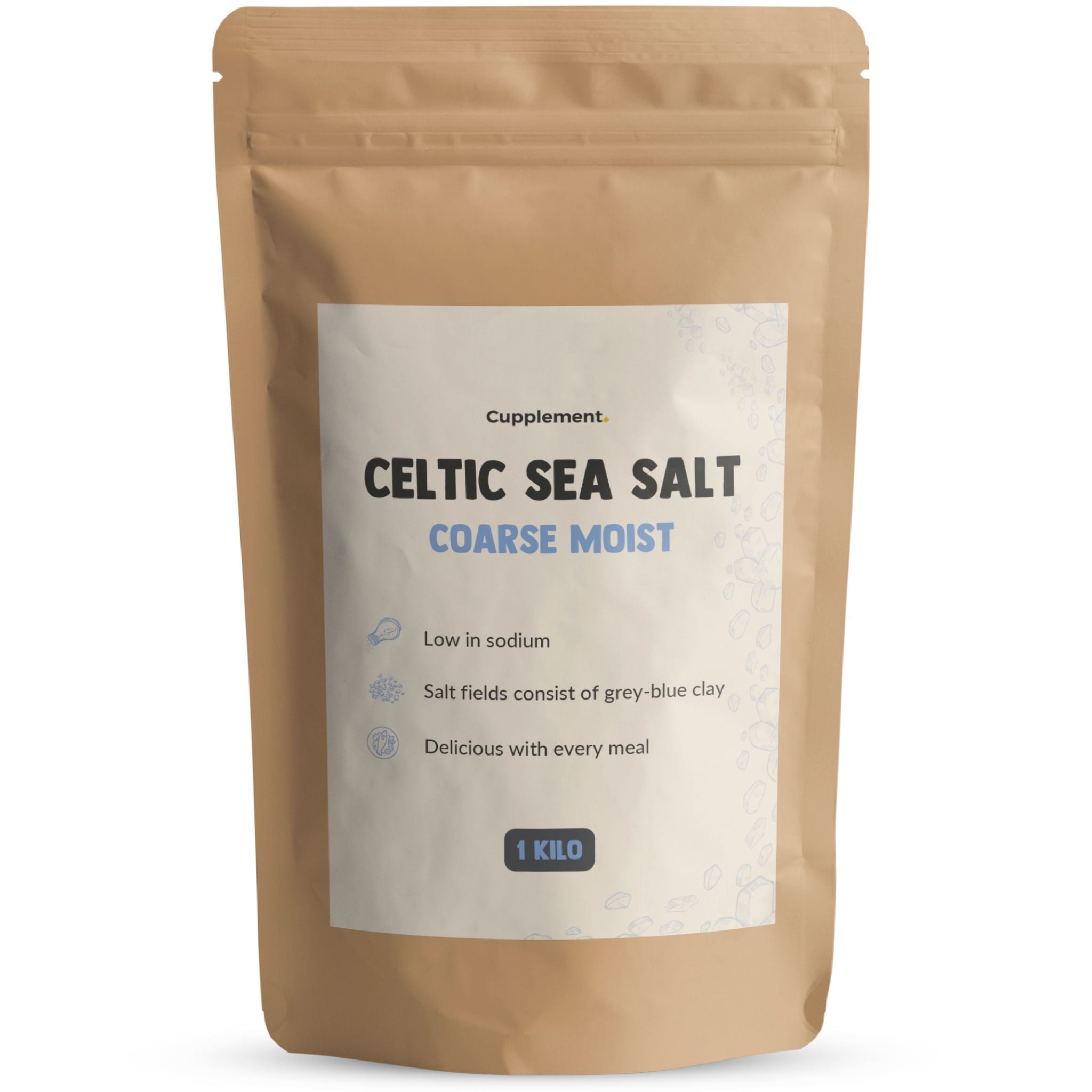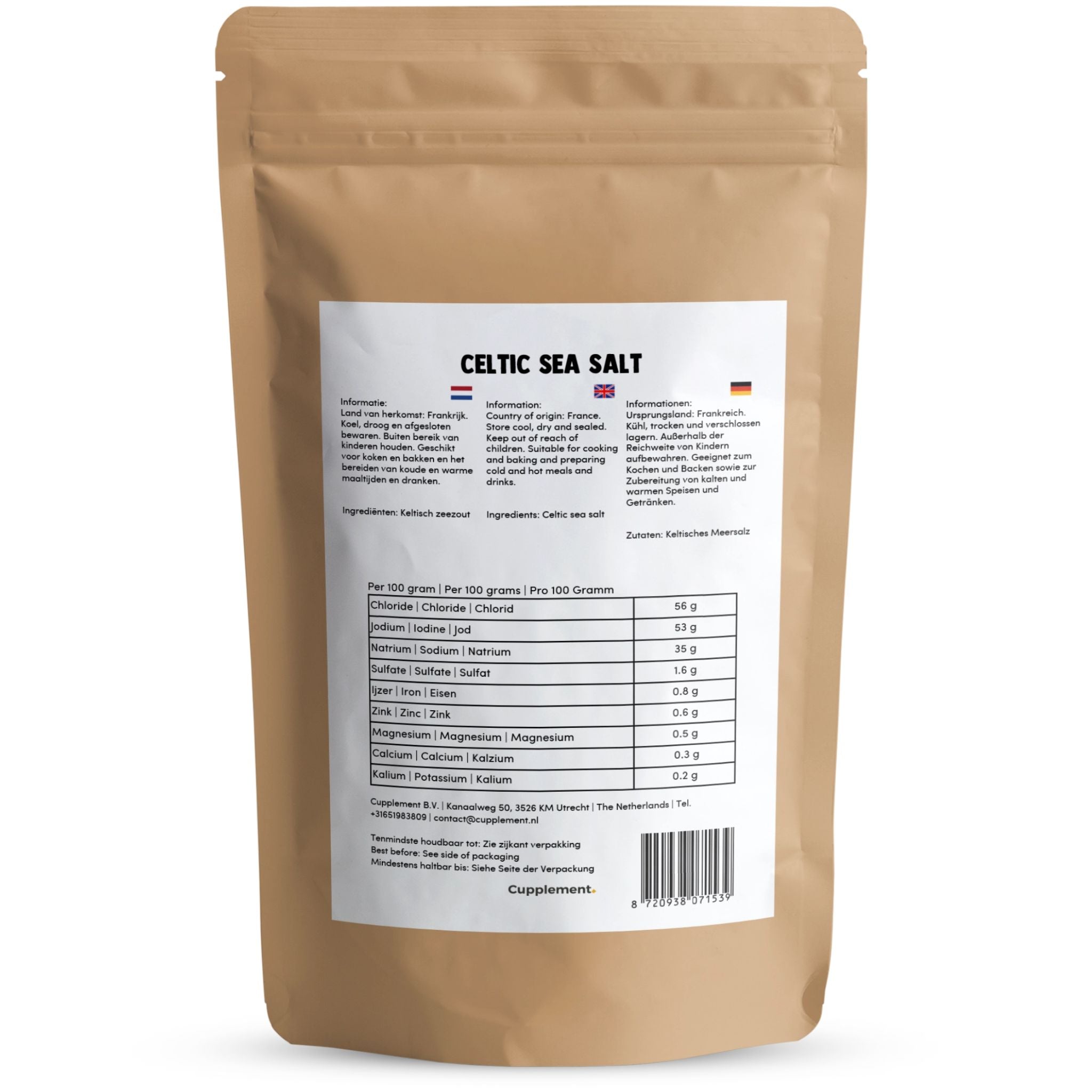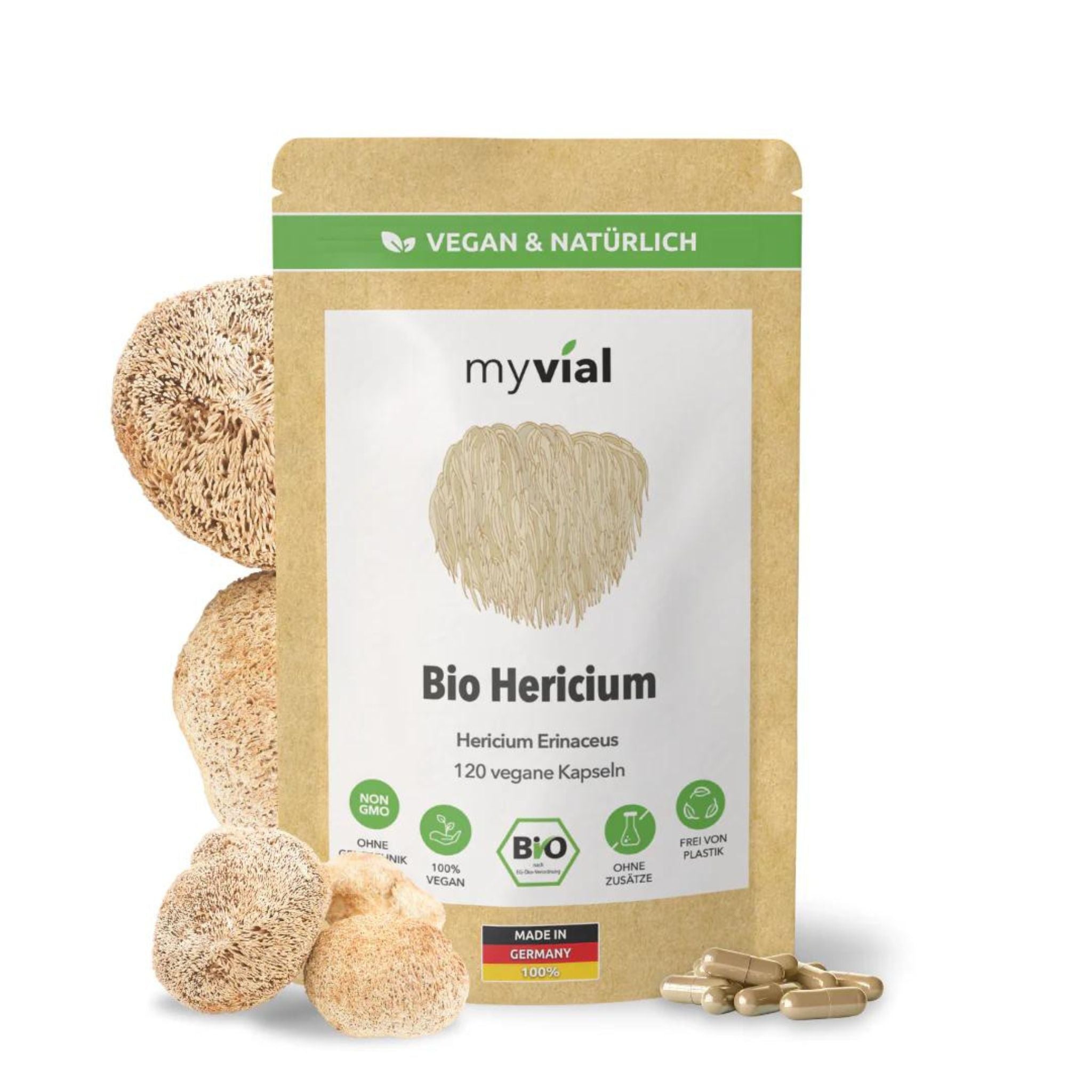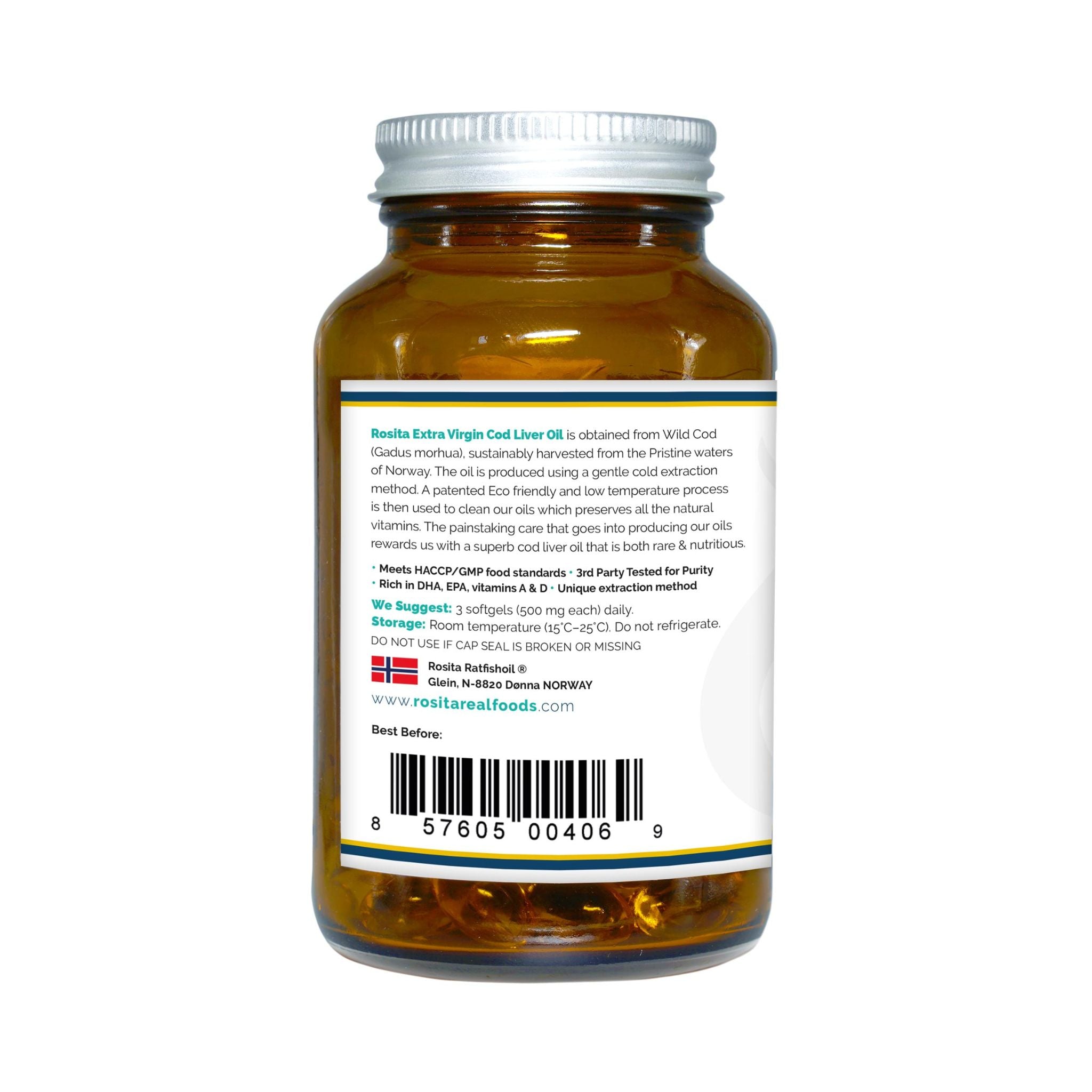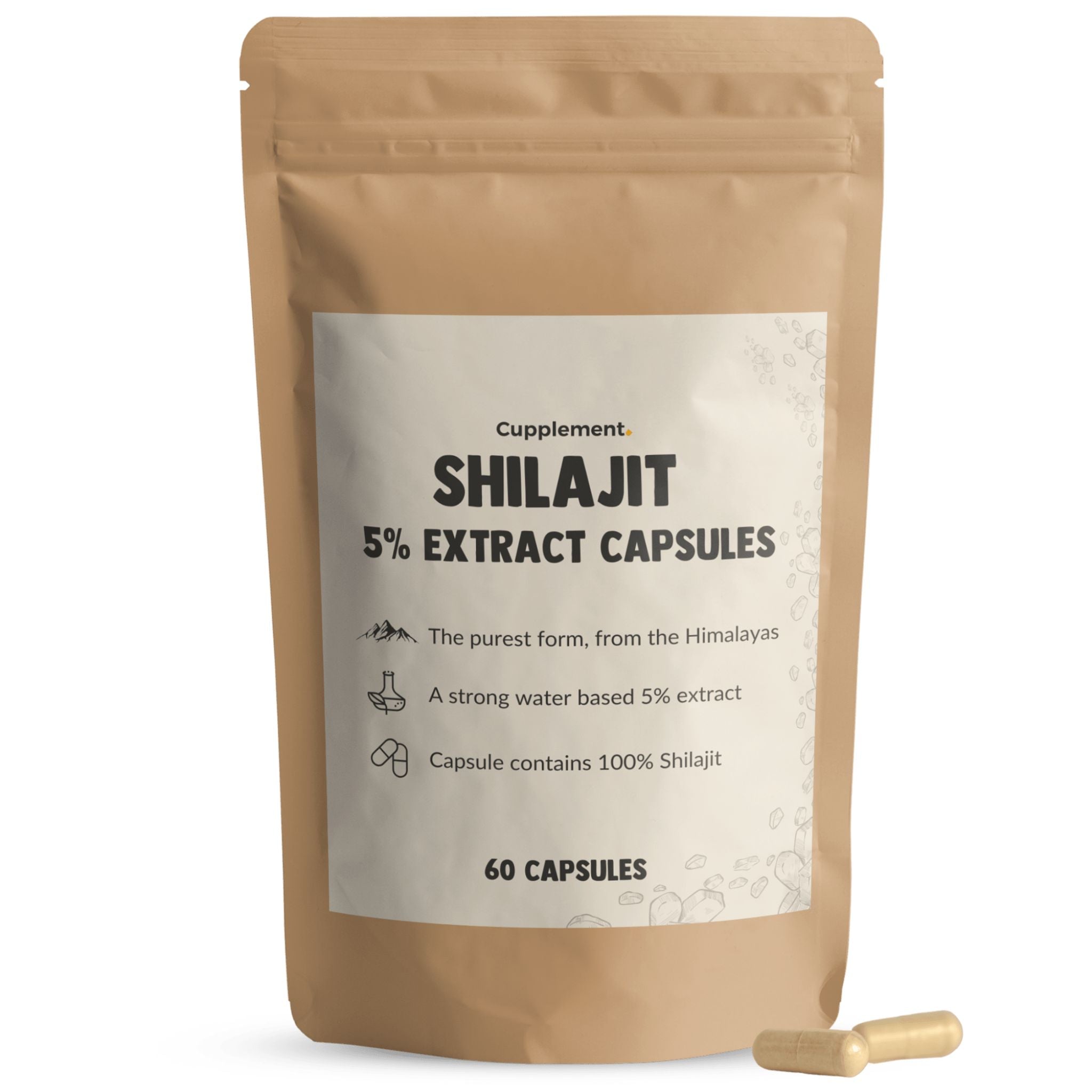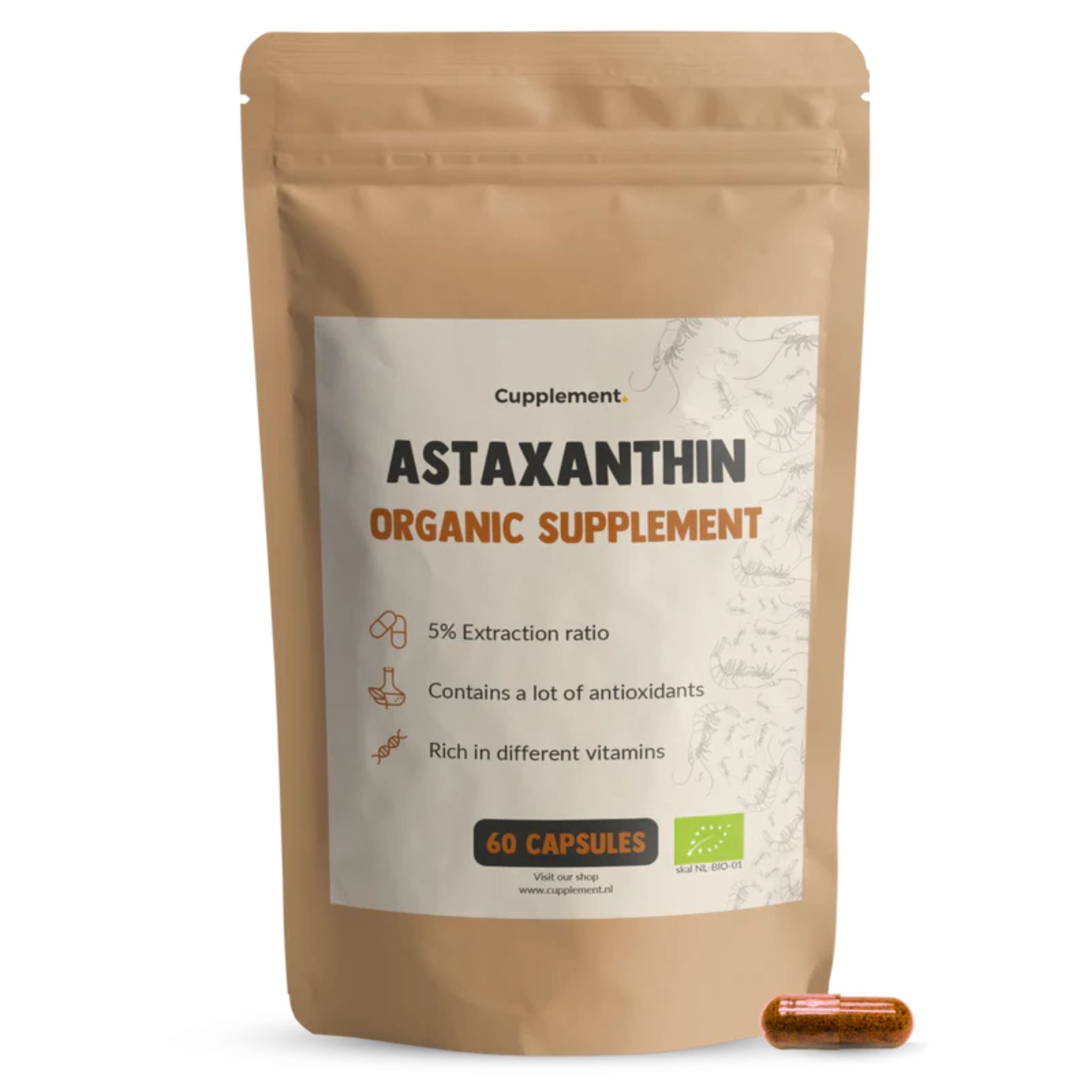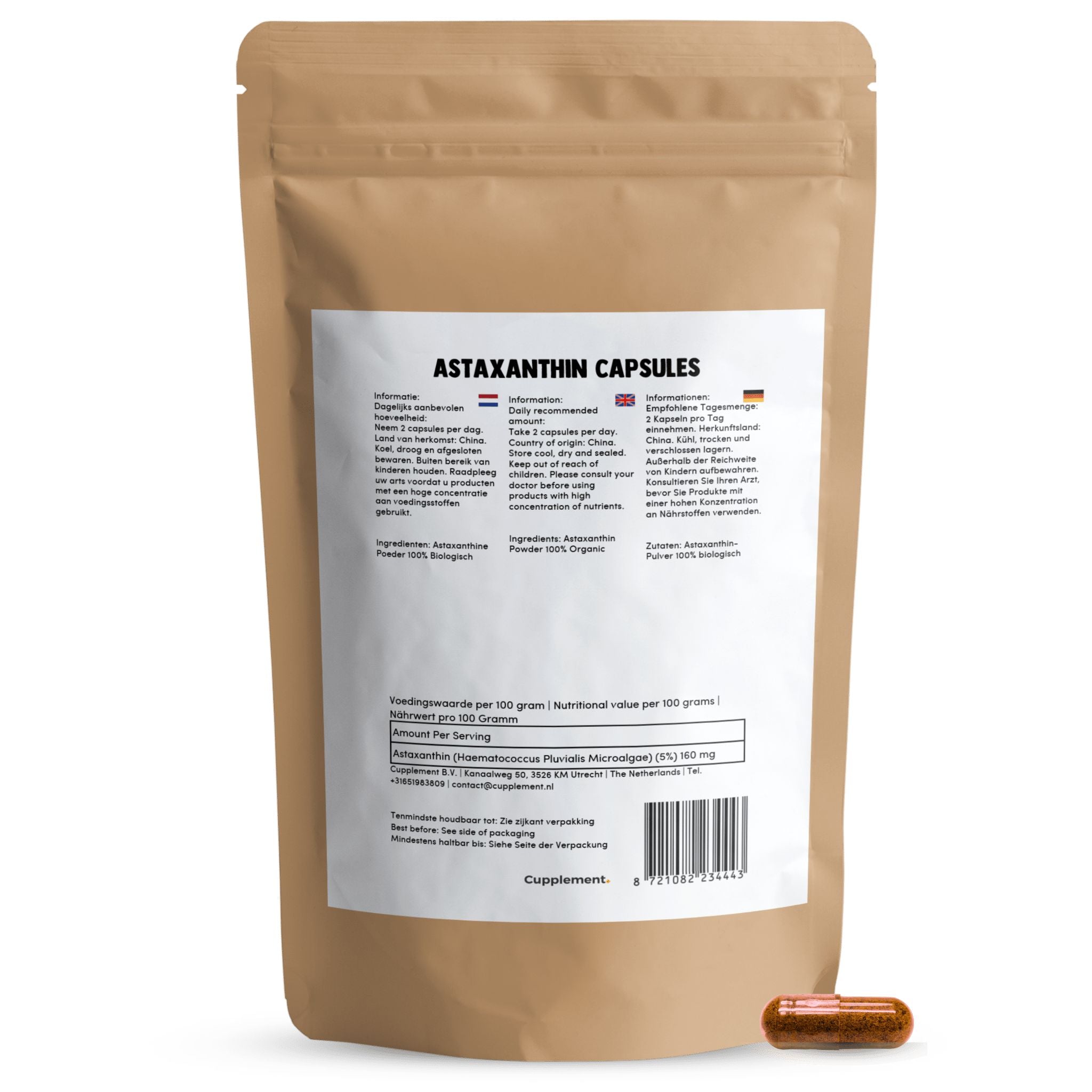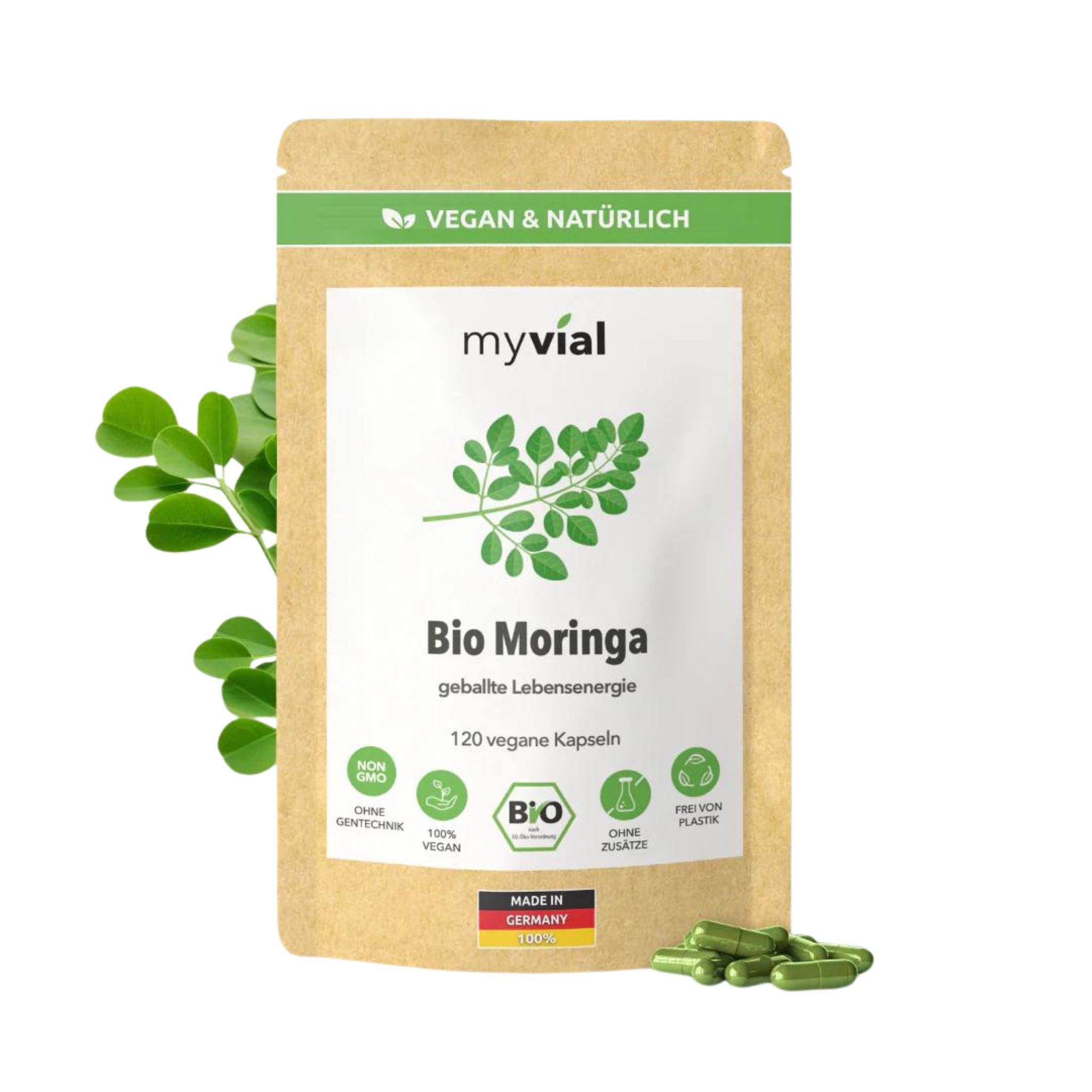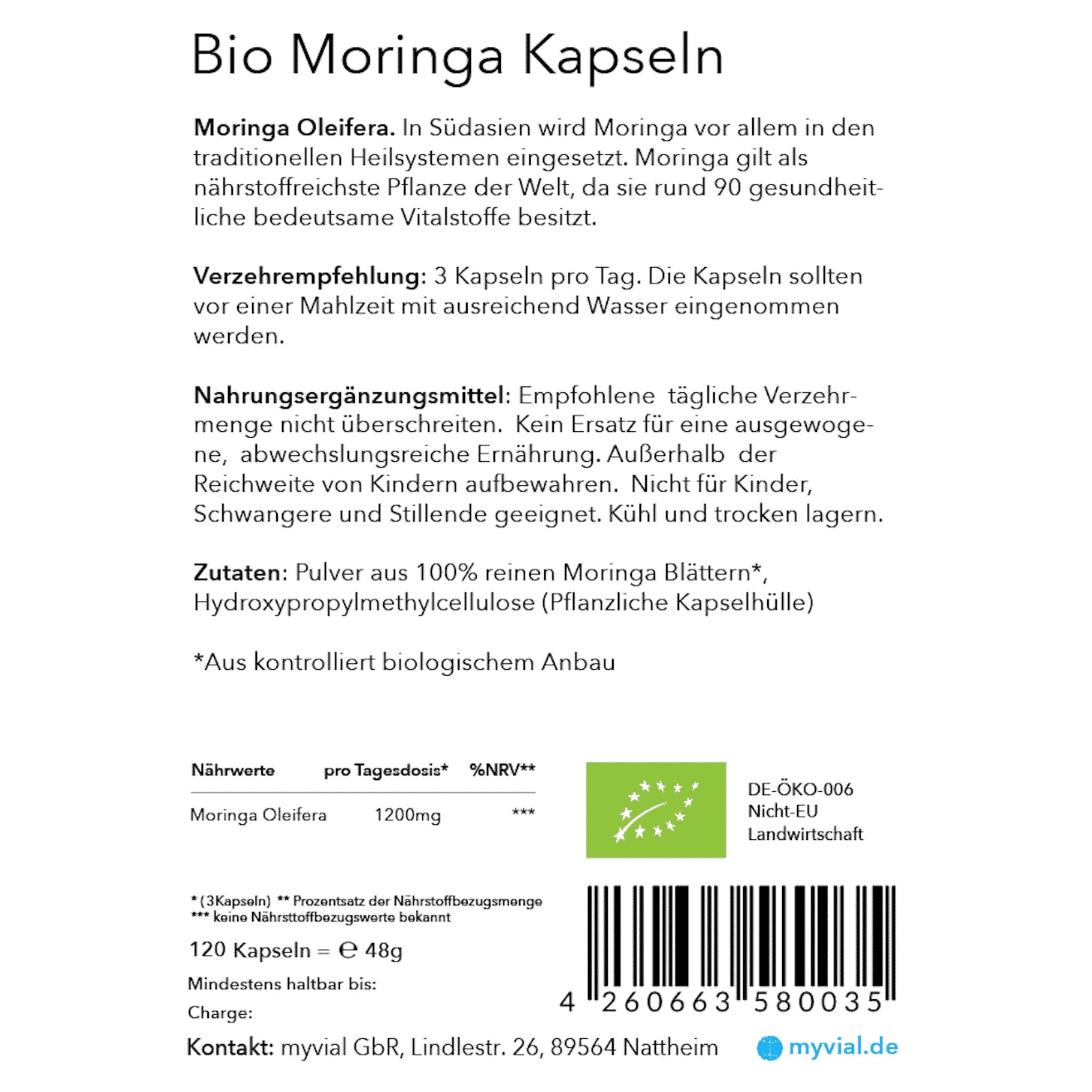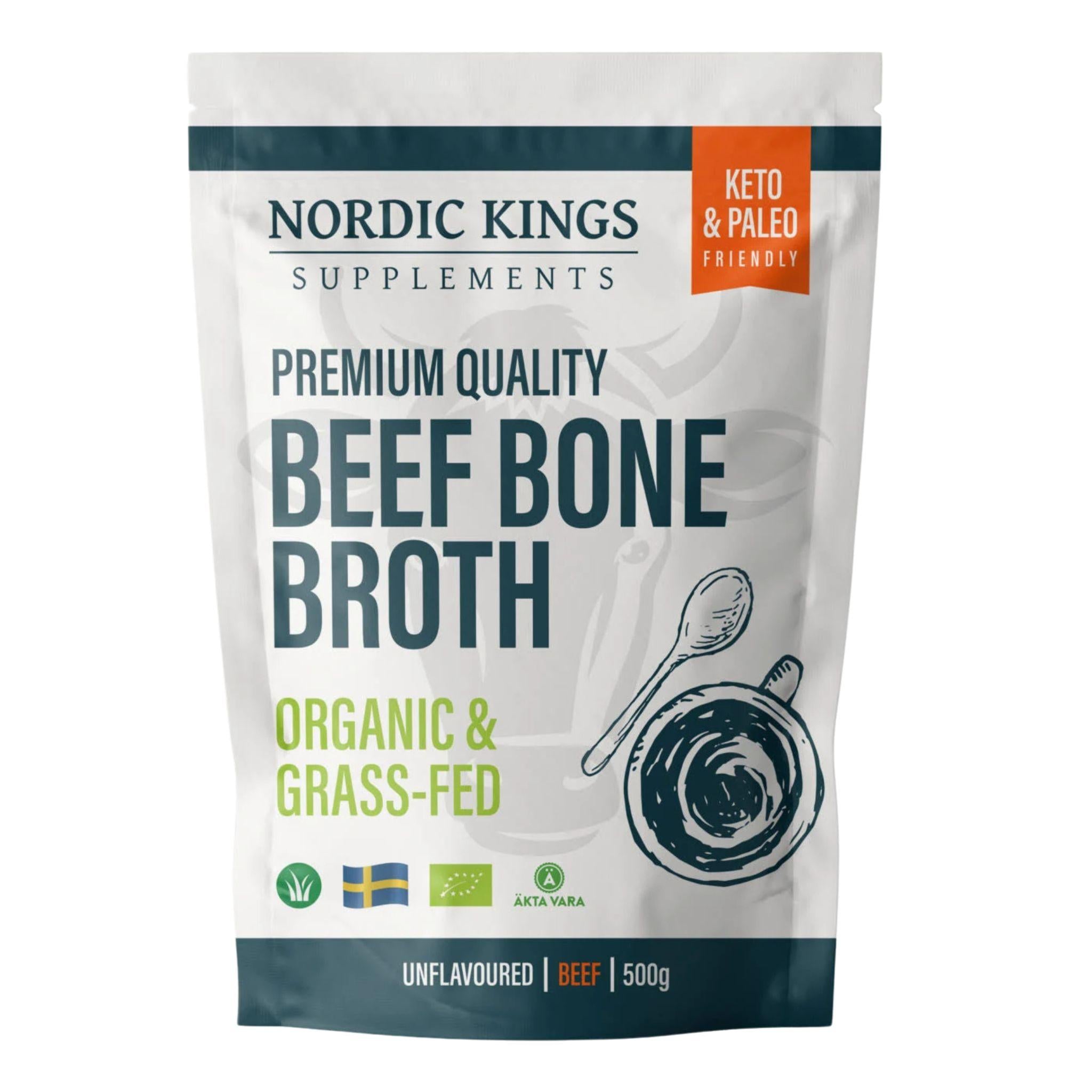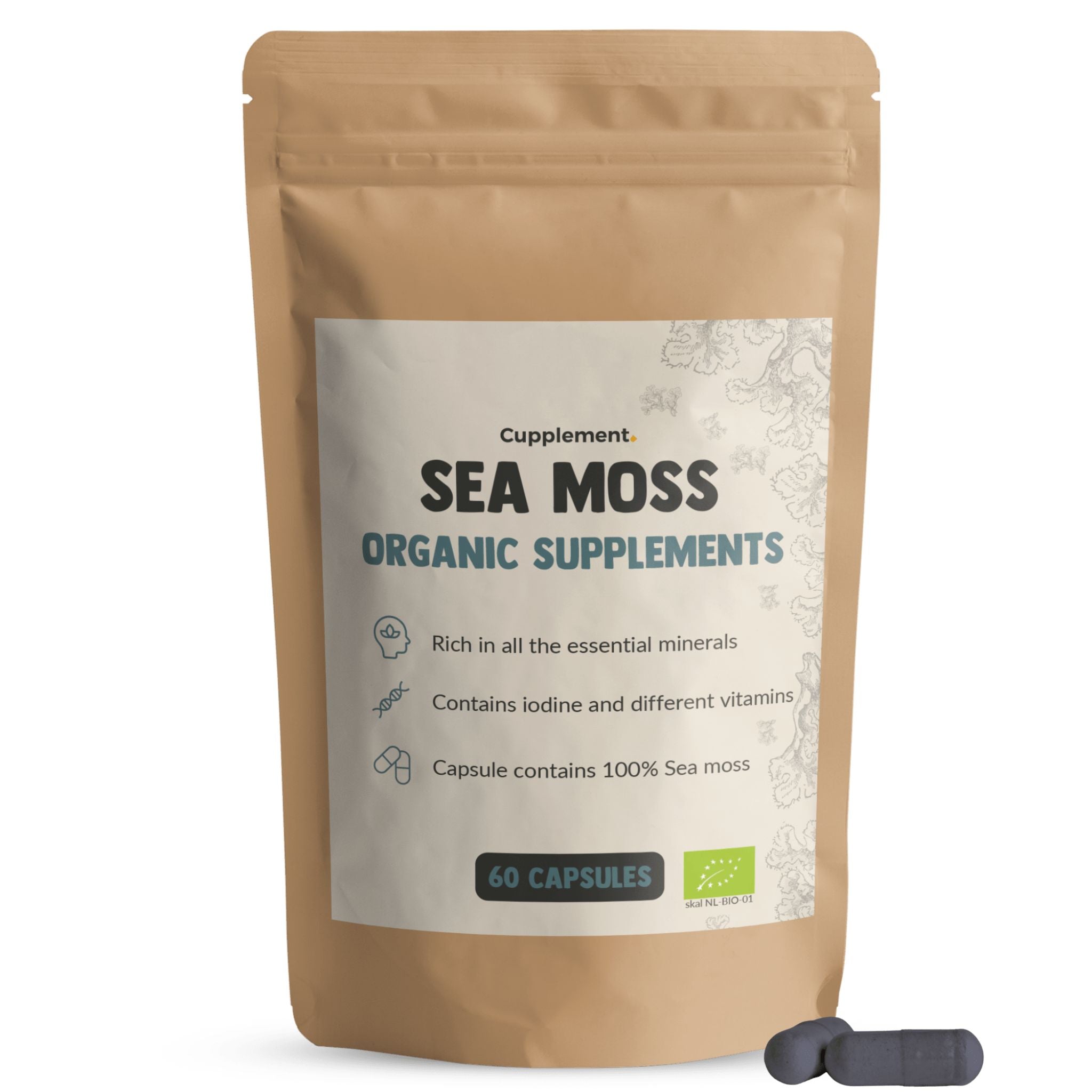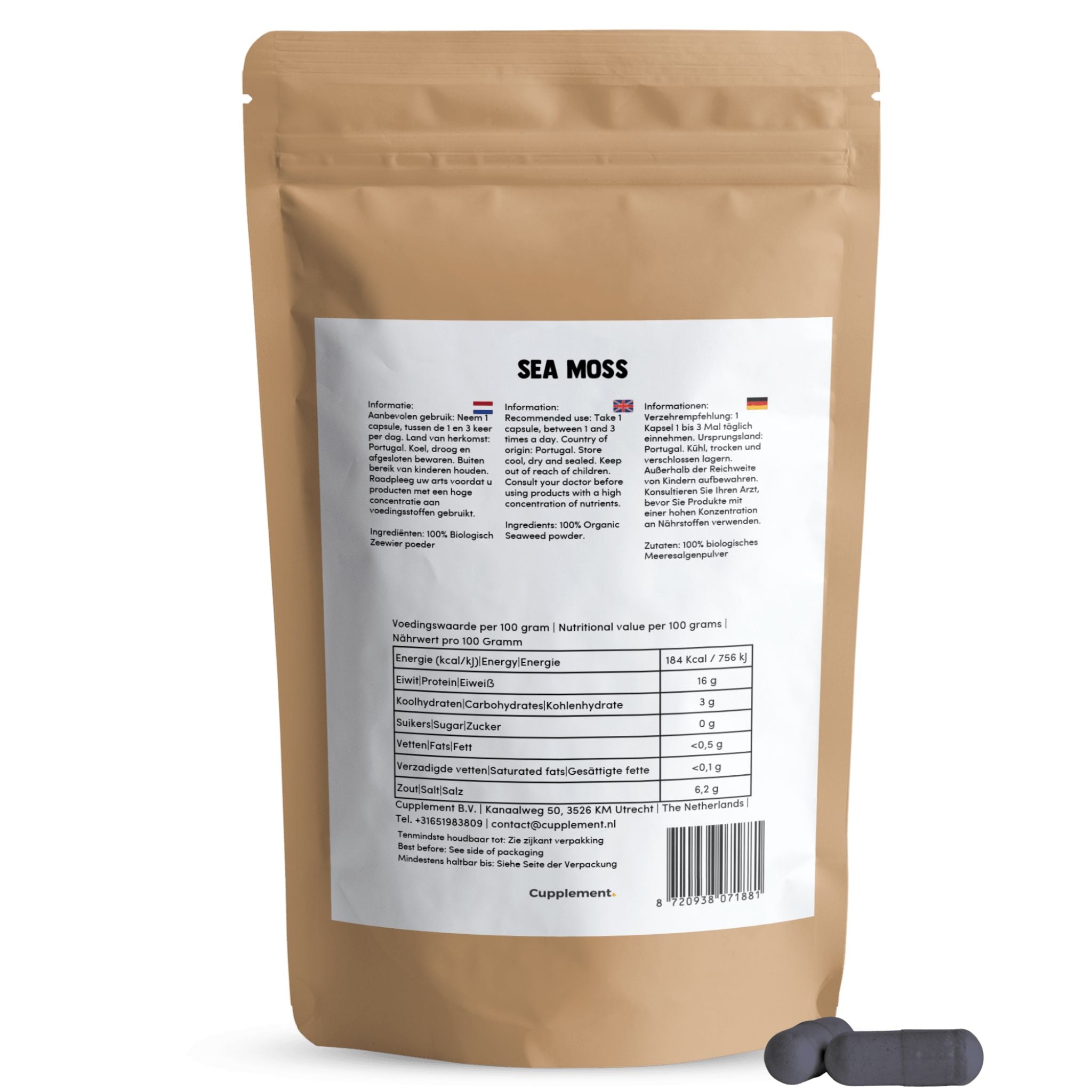Nature never ceases to amaze us with its incredible diversity and beauty. One plant that embodies this fascination particularly well is Clitoria ternatea, also known as blue butterfly flower, butterfly pea or anchan. In this detailed blog post, we would like to take a closer look at this extraordinary plant and shed light on its origins, properties, uses and health benefits.
Origin and botany
Clitoria ternatea belongs to the legume family (Fabaceae) and is native to tropical regions of Asia, especially in countries such as Thailand, Malaysia and India. The plant is a perennial, herbaceous climbing shrub that can grow up to 3 meters tall. Its most striking features are its bright blue flowers, which are butterfly-shaped and about 4-5 centimeters in diameter. These unique flowers have earned the plant its name "butterfly flower."
Botany in detail
The plant has a robust root structure that reaches deep into the soil and helps it survive even in dry periods. The leaves are pinnate and consist of five to seven oval leaflets. The flowers appear singly or in pairs in the leaf axils. In addition to the striking blue flowers, there are also variants with white or purple flowers, with the blue variant being the best known and most common.
Ecological significance
In its native habitat, Clitoria ternatea plays an important role in the ecosystem. It provides food and habitat for various insect species, especially pollinators such as bees and butterflies. In addition, the plant contributes to soil improvement as it is able to bind nitrogen from the air and release it into the soil, which increases soil fertility.
Cultivation and care
The Blue Butterfly Flower is relatively easy to care for and prefers warm, humid climate conditions. It thrives in well-drained soil and needs sufficient sunlight to grow optimally. Propagation is usually done by seeds, which can be sown directly into the soil. In tropical and subtropical regions, the plant can bloom all year round.
Cultivation in detail
For the successful cultivation of Clitoria ternatea, some basic requirements should be observed:
-
Choice of location : The plant prefers a sunny to partially shaded location. In regions with intense sunlight, light shade is beneficial to protect the leaves from burning.
-
Soil quality : A well-drained, slightly acidic to neutral soil is ideal. Heavy clay soils should be improved by adding sand or compost to avoid waterlogging.
-
Watering : Regular watering is important, especially during the growing season. The soil should always be kept slightly moist, but waterlogging should be avoided.
-
Fertilization : A monthly application of organic fertilizer such as compost or well-rotted manure supports the growth and flowering of the plant.
Propagation and care
Propagation is mainly done through seeds. These should be soaked in warm water for a few hours before sowing to encourage germination. Sowing is best done in spring when temperatures are consistently above 20 degrees Celsius.
Young plants should be watered regularly and protected from direct midday sun. Once the plants are well established, they only require occasional maintenance, such as removing dead leaves and flowers.
Culinary use
One of the most well-known uses of Clitoria ternatea is in cooking, particularly in Thai and Malaysian cuisine. The flowers are used to make natural food coloring that turns foods and drinks an intense blue. A popular drink is "butterfly pea tea," which is made from the dried flowers. When lemon or lime is added, the color of the tea changes from blue to purple, making it a fascinating eye-catcher.
Traditional recipes
In Thailand and Malaysia, butterfly pea tea is a traditional drink that is served both hot and cold. Here is a simple recipe for preparing it:
Ingredients:
- 1 teaspoon dried butterfly flower petals
- 1 cup hot water
- Lemon juice or lime juice to taste
- Honey or sugar (optional)
Preparation:
- Place the dried flowers in a teapot or cup.
- Pour hot water over it and let it steep for about 5-10 minutes.
- Pour the tea through a sieve to remove the flowers.
- Add lemon or lime juice to change the color and sweeten to taste.
The tea can also be used as a base for cocktails or as a colorant in desserts and other dishes.
Modern applications
Blue butterfly flower is becoming increasingly popular in modern cuisine. It is used in smoothies, cakes, bread and even pasta dishes to give a natural blue colour. In molecular gastronomy, the colour change of the tea is often used for impressive presentations.
Health benefits
Clitoria ternatea is not only valued for its visual appeal but also for its numerous health benefits. The plant contains a variety of bioactive compounds, including flavonoids, anthocyanins and peptides that possess antioxidant, anti-inflammatory and neuroprotective properties. Here are some of the health benefits in detail:
Antioxidant effect
The flowers of Clitoria ternatea are rich in antioxidants that help neutralize free radicals in the body and thus prevent cell damage. Antioxidants play an important role in the fight against aging and disease by protecting the body from oxidative stress.
Improvement of cognitive functions
Studies have shown that Clitoria ternatea extracts can improve memory and cognitive function. This is attributed to the plant's neuroprotective properties, which help strengthen neural connections and protect the brain from degenerative diseases. In traditional Ayurvedic medicine, the plant is often used to support mental clarity and enhance memory.
Anti-inflammatory properties
The plant can reduce inflammation in the body and is therefore used in traditional medicine to treat inflammatory diseases. This is particularly beneficial for chronic diseases such as arthritis or inflammatory bowel disease.
Stress reduction and relaxation
Consumption of butterfly pea tea is associated with calming effects that can help reduce stress and anxiety. The tea's relaxing properties are often used to improve sleep quality and promote general well-being.
Other health applications
In addition to the benefits already mentioned, Clitoria ternatea is also valued for its potential benefits in supporting skin health, promoting hair growth, and relieving respiratory conditions. Traditionally, the plant has been used in various forms, including teas, powders, and extracts, to treat a variety of health ailments.
Scientific Research
The health benefits of Clitoria ternatea are increasingly supported by scientific studies. Researchers worldwide are studying the bioactive components of the plant and its potential applications in medicine. Here are some recent research findings:
-
Neuroprotective effects : Studies have shown that extracts of the plant have neuroprotective properties and may be useful in the treatment of neurodegenerative diseases such as Alzheimer's.
-
Antidiabetic properties : Some research suggests that Clitoria ternatea may help regulate blood sugar levels, making it a potential natural remedy to support diabetes management.
-
Antimicrobial activity : The plant has been shown to be effective against various microorganisms, indicating its potential to treat infections.
Conclusion
Clitoria ternatea, the Blue Butterfly Flower, is a remarkable plant that not only impresses with its striking beauty, but also offers numerous culinary and health benefits. Whether in the kitchen as a natural dye, as a soothing tea or as an herbal remedy, the many uses of this plant make it a true gift from nature. Increasing scientific research confirms the traditional uses and opens up new possibilities for the use of this fascinating plant. Why not give it a try!




